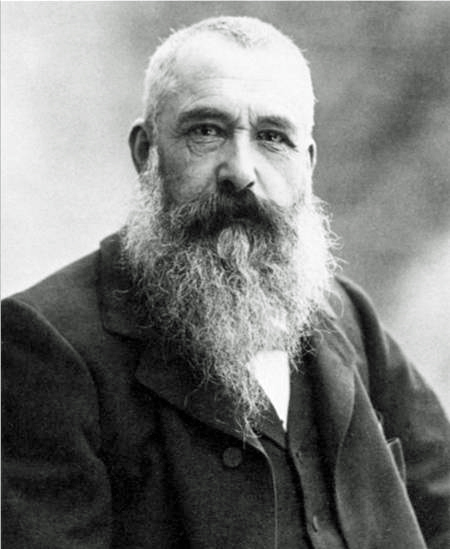 Édouard Manet |
Baudelaire and the Impressionist Revolution |
 Claude Monet |
|
|
Mary Cassatt (1844-1926)
Self Portrait of Mary Cassatt (1878)
Mary Cassatt was the daughter of an affluent Pittsburgh businessman. She studied art at the Pennsylvania Academy of Fine Arts in Philadelphia, and subsequently traveled extensively in Europe, finally settling in Paris in 1874, where she remained for the rest of her life. She made the acquaintance of the famous painter and sculptor, Edgar Degas, in 1877. His artistic methodology and ideas made a considerable influence on her subsequent work. Degas introduced her to many of the Impressionist artists and she participated in four of the Impressionist Exhibitions - in 1879, 1880, 1881 and 1886. She soon became a major asset to the Impressionist movement, by providing direct financial help and by promoting the works of Impressionists in the United States. She persuaded her brother, Alexander Cassatt, to buy works by Degas, Manet, Monet, Morisot, Pissarro and Renoir. By so doing, Alexander became the first important collector of such works in America. Mary Cassatt's own works were shown in several exhibitions in America and were favorably received by the critics. This success also contributed to the acceptance of Impressionism in that country. From Degas and several of the Impressionist painters, she acquired an interest in painting the scenes of everyday life. She lived in an age when women of the higher classes were somewhat limited in their access to many aspects of modern life. Therefore, most of her subjects tended to be domestic and intimate rather than social and urban. Many of her works are concerned with the relationship of mother and child. From Degas she acquired a sense of immediate observation, emphasizing the portrayal of significant human gestures and body language. Her works were marked by a certain lyricism, depicting her subjects in a gentle, golden light. Later in life, her drawing became more emphatic and her colors clearer and more boldly defined.
Woman in Black at the Opera (1878)
In my opinion, Woman in Black at the Opera is Mary Cassatt's finest painting. It was completed in 1878 and is oil on canvas, measuring about 31 X 25 inches. It is currently on display in the Hayden Collection of the Museum of Fine Arts in Boston.
For Cassatt, painting at the opera was painting in a familiar environment in which she was comfortable and happy. She usually painted relatives, especially her sister Lydia, who was the subject of several quite beautiful opera pictures. However, the identity of the Woman in Black is unknown, she does not appear to be a Cassatt relative. The Woman in Black is apparently a stranger. In her left hand she holds a closed fan while her right hand holds a pair of opera glasses to her eyes. She apparently is an afternoon opera-goer, avidly peering through her opera glasses at something or someone not on the stage. A few boxes away in the same circle, a gentleman opera-goer, through his glasses, is intently watching her. The velvet-covered rail, which runs along the loges, links the two viewers, each of whom rests an elbow to steady her/his glasses. The reason I like this painting is primarily perceptual. Cassatt has caught an image from real life at just the right moment. The two main participants are using their own eyes before our eyes, and neither is watching what is happening on the stage. It is an observation observed and then observed again. The composition describes two complementary right triangles. The dark clothing of the lady solidly dominates the lower right portion of the picture; conversely, the upper left of the picture is mostly open space bounded by the white and gold bands of the loges and their partitions. Cassatt depicts the gold-and-white decorations banding the loges as well as the figures of the other members of the audience in a typically impressionist (sketchy) manner.
|
|
|